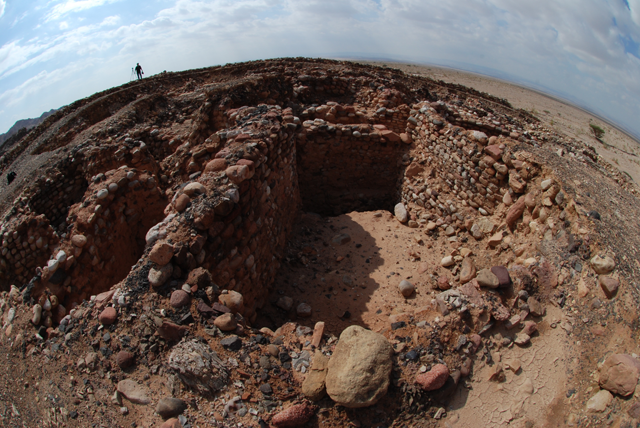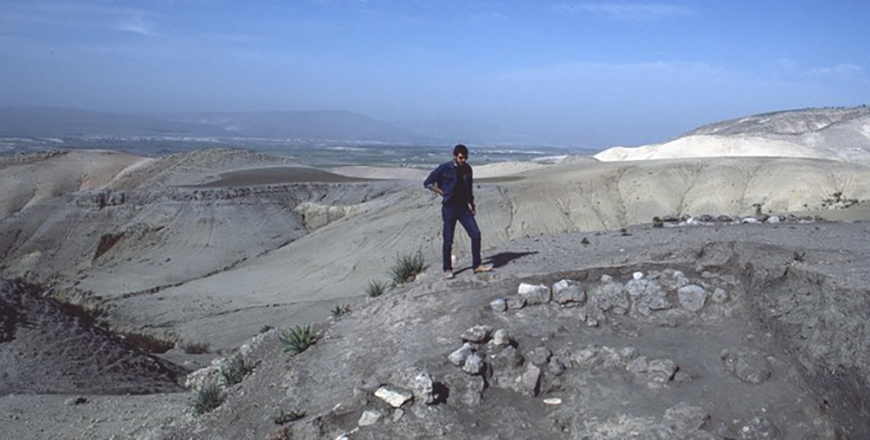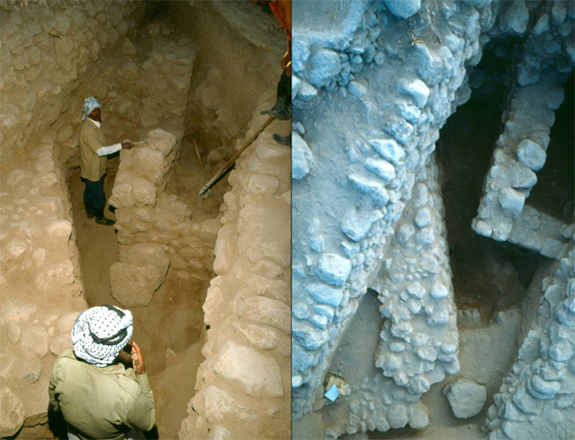You are here
Jordanian scholar digs deep into copper mining in ancient times
By Saeb Rawashdeh - Nov 04,2017 - Last updated at Nov 04,2017

Zeidan Kafafi
AMMAN — Cutting wood for metal smelting was vital for inhabitants through different ages as the process of reforesting would take a long time, according to a Jordanian scholar, who added that the metal objects’ industry was monopolised by temples, palaces and rulers.
To produce metal objects, ore must be mined and then smelted with a strong fire to release the metal, which needs a large amount of timber, said Professor of Archaeology Zeidan Kafafi from Yarmouk University in Irbid.
If a state could not produce these objects, metal tools were imported from other countries with a developed metallurgy sector, Kafafi told The Jordan Times in a recent e-mail interview.
“Unfortunately, the metal technology wasn’t a form of administrative or scribal concern in Mesopotamia and Egypt in ancient times like some other crafts,” the scholar, who is the member of the Board of Trustees at the Jordan Museum, underlined.
Written documents present only limited information and are often silent concerning the geographical provenience of the metal ore, its quantity, price, or techniques of fabrication, Kafafi continued.
However, it might be found that jewellery excavated from the pre-historic times onward, and in the cemetery of Ur (southern Iraq) or at several sites in Egypt, represent an advanced form of handicrafts, Kafafi said.
“The study of the early metal production and its use has been left to the archaeologists and archaeo-metallurgists,” he said, adding “nevertheless, the Akkadian cuneiform texts uncovered in Mesopotamia refer to the importance of copper from the mountainous area located on the East of the Tigris River and of metal stones from Magan [Oman].”
When discussing the early metallurgy in Jordan, emphasis is placed on research in two regions: the Wadi Faynan (Wadi Araba) and Tell Al Himmah (Jordan Valley), which are both located in the Afro-Asian rift, Kafafi outlined.
Jordan became a major source of copper during the Chalcolithic period (beginning of the Bronze Age) when copper cores were found at Wadi Faynan.
“The earliest copper objects registered from the excavated archaeological sites comprised tools and decorative items,” Kafafi explained, noting that the excavated copper objects at Wadi Mehres in Palestine reflect the capabilities of the Chalcolithic metal smiths illustrated by the shapes of the cult-objects.
“However, weapons such as daggers, crescent-shaped axes made of copper became more popular only later in the Early Bronze Age,” Kafafi stressed.
The Middle Bronze Age witnessed the use of sophisticated bronze objects that were moulded, Kafafi said, noting that “the Late Bronze Age metal production was a continuation and development of the Middle Bronze Age industry”.
As a result of this small scale dig at the site Tell Al Hammeh, a number of iron furnaces, first thought to be dated to the 8th/7th centuries BC, and a large amount of slag were uncovered, he noted.
“It has been claimed by the excavators that the study of the excavated archaeological materials from Tell Al Hammeh proved the presence of an iron production centre. New information about the dating of the iron production at the site was also obtained from the recent excavations conducted in 2000 and 2009,” the scholar emphasised.
However, this argues that the Iron Age workshop industry at Tell Al Hammeh might represent, if not the oldest of its type, at least one of the earliest in the Ancient Near East region, Kafafi argued.
Scholars should accept that Jordan is considered to be the region where the earliest steps of the copper mining, smelting, moulding and hammering occured, Kafafi concluded.
Kafafi is scheduled to elaborate on this topic in his presentation to the World Science Forum, to be held under the patronage of His Majesty King Abdullah at the Dead Sea between November 7 and 11. The international event will be organised by the Royal Scientific Society.
Related Articles
AMMAN — Wadi Faynan, located 250 kilometres southwest of Amman, was well known in ancient times for its copper ore.“The earliest evidence fo
AMMAN — Material culture did not experience break between the Bronze and the Iron Age at Pella, a site in north-western Jordan.
AMMAN — According to the researcher Larry Herr, the Iron Age II A represented the 10th century BC, the Iron Age II B period lasted between t


















